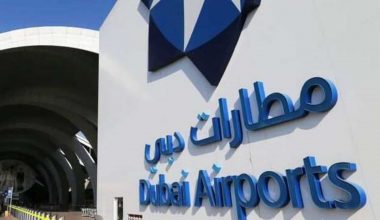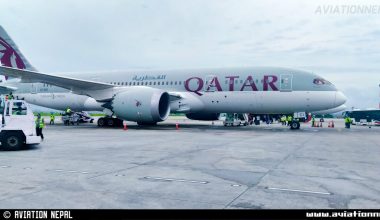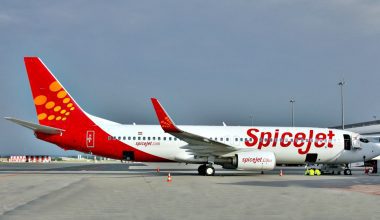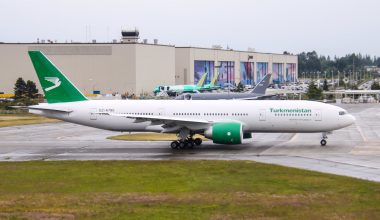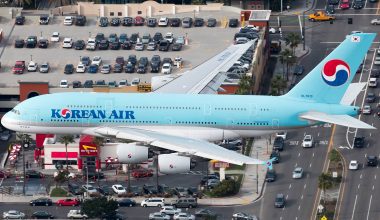The small landlocked country situated at the Eastern Himalayas border has some of the most unique landscapes that can be pretty tough for seasonal pilots to navigate. The Bhutan airport is located 2,235 meters above sea level and the mountains surrounding the country are as high as 5,500 meters, so it’s definitely a challenge for the pilots to operate flights in the region with such an offbeat region.
Here are some facts about the Bhutan airport, the world’s most challenging airport, that you probably didn’t know about.

1. Short Runways
Generally, the runways at the airport are at least 6,000 feet suitable for the aircraft with a weight below approx. 2,00,000 lbs and at least 8,000 feet for the larger aircraft. Further, the wide-body aircraft that carry huge fuel tanks require at least 10,000 feet runway and in some cases take-off runway with at least 13,000 feet. However, the Bhutan airport has a runway that is just 2,000(6,500 feet) meters long, so, the airport is only able to receive the smaller and medium aircraft as larger aircraft landing in the country is out of the question.

2. Truly most challenging flights
It is true that the Bhutan airport is considered one of the most challenging airports in the world, in fact, only a selected number of pilots are certified to land in the region due to its diverse and complicated landscapes that can be pretty tough on the regular pilots. The surrounding mountains that can be as high as 18,000 feet and Bhutan airport that is situated at an elevation of 7,364 feet is certainly a no-go-zone for inexperienced pilots.

The rough challenging terrain of the region affects and restricts the performance of the aircraft, besides the pilots navigating smaller vessels, the mid-sized aircraft navigation would require to make a critical decision during landing and take-off.
3. Meteorological conditions restricted flights
Not only it is difficult to navigate aircraft in the Bhutan airport, but the aircraft also has to be operated within the scheduled time period. The flights to and from the Bhutan airport are allowed under visual meteorological conditions only, this means that there should sufficient visibility of other aircraft and surrounding terrain for the flight to receive a green signal.
Furthermore, the flight time has been limited to daylight hours only, from sunrise to sunset, so, if you have plans on a windy day or downpour, there is a huge possibility that the scheduled flight will be canceled.
4. No ILS system
Unlike the other airports that are equipped with the Instrument Landing System (ILS) that guide the aircraft laterally and vertically as they make an approach to the runway, the Bhutan airport isn’t in possession of such technology. So, instead of 2 beams sent by the ILS that tells the pilot if they are high or low, left or right, the pilots at the Bhutan airport will have to follow their own procedures for landing that are designed by the experienced pilots in the region and plane manufacturer.
The procedures follow strictly sticking to the determined speed and altitude at different checkpoints while approaching the runway.
5. The mesmerizing view
There is no doubt that the Bhutan airport is one of the most challenging and rough terrains to navigate a plane. But, like the two sides of a coin, the unique landscape of regions are elegant and more scenic than any other part of the world, the high altitude landlocked country is filled with natural beauties from high mountains to deep valley dressed with colorful flowers.
Also, the rice fields of the country are always changing color depending on the season of the visit, thus the flight to the Bhutan airport may be challenging but is also a lifetime experience.
6. Paro International, the first Bhutanese airport was built for a different reason
Paro International is the first of the Bhutan airport that was established in 1968 with the help of the Indian Border Roads organization. At the time it was built, the Paro International Airport was only intended to be used by on-call helicopter operation of the Indian Military on the behalf of the Bhutanese government.
The airport remained in service with the Indian Military and was not used for commercial flights for 13 years.

